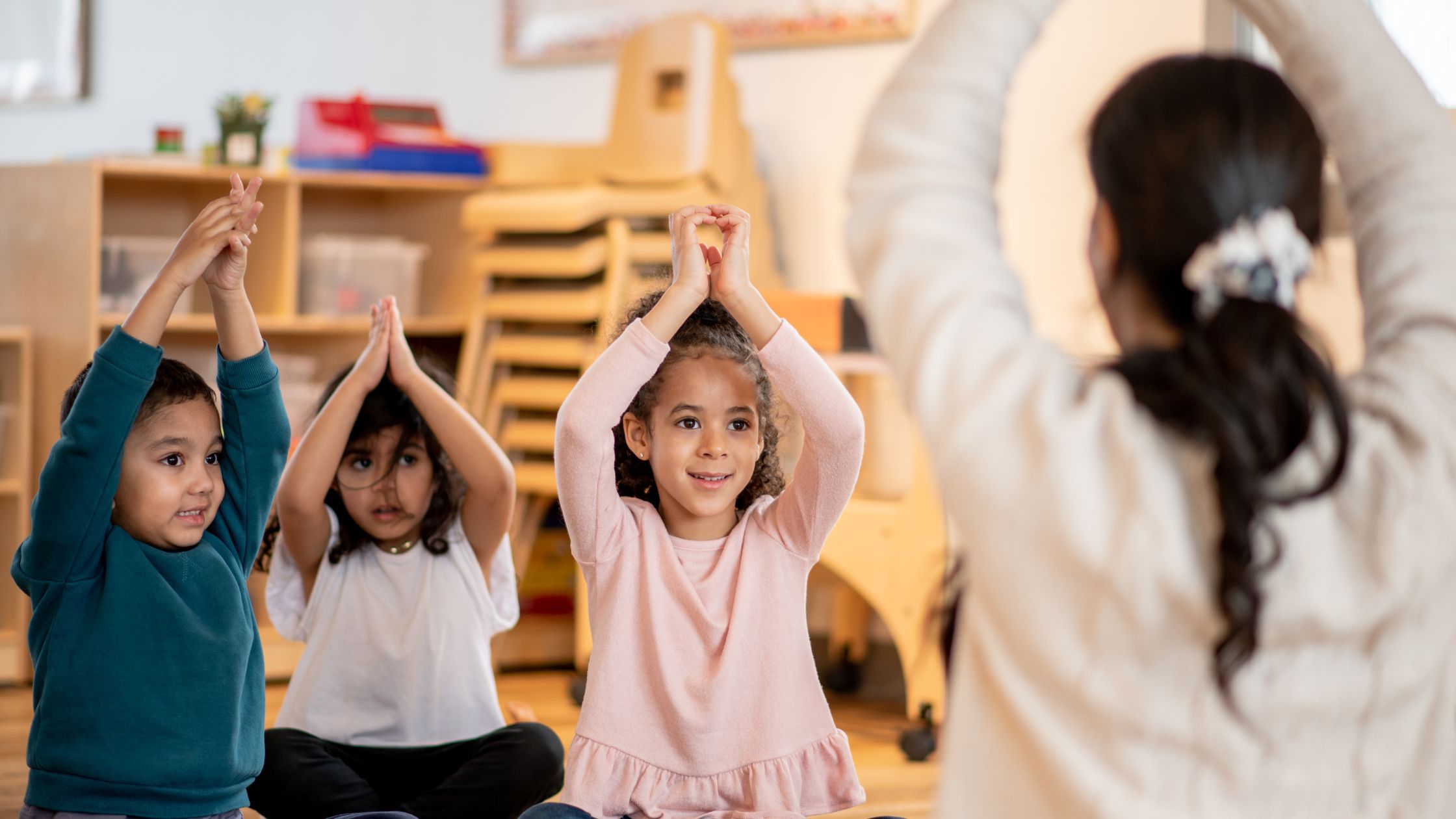A Parent’s Guide to Teaching Mindfulness to Children

Key Takeaways
How to Teach Mindfulness to Kids
Teaching mindfulness to children helps with emotional regulation, focus, and relaxation. Here are simple ways to introduce it:
- Deep breathing exercises (e.g., Balloon Breathing)
- Mindful listening (focus on sounds to improve awareness)
- Guided imagery (use storytelling for relaxation)
- Gratitude reflections (daily appreciation practice)
- Mindful movement (yoga, stretching, or walking meditation)
Practicing these techniques regularly can help children manage stress and build lifelong mental wellness skills.
In today’s fast-paced world, children experience stress just like adults. From school pressures to social challenges, their young minds constantly process emotions and external stimuli. Teaching mindfulness to kids is a powerful way to help them develop emotional regulation, improve focus, and enhance overall mental wellness. But where do you begin? This guide will explore simple, practical parenting techniques to incorporate mindfulness into your child’s daily routine—helping them build lifelong skills for stress relief, self-awareness, and relaxation.
What Is Mindfulness and Why Is It Important for Kids?
Mindfulness is the practice of being fully present in the moment without judgment. For children, this means learning how to:
- Recognize their thoughts and emotions without becoming overwhelmed
- Improve focus and concentration in school and daily tasks
- Develop emotional regulation by responding calmly instead of reacting impulsively
- Reduce stress and anxiety through deep breathing and calming exercises
By integrating mindfulness into daily life, parents can support their child’s development and equip them with tools to handle life’s ups and downs.
How to Teach Mindfulness to Kids: Practical Techniques
Here are some easy ways to introduce mindfulness to your child at different stages of their development.
1. Start with Deep Breathing Exercises
Deep breathing is a simple yet effective way to help children relax and manage stress. Teach them the “Balloon Breathing” technique:
- Ask your child to imagine they are inflating a balloon in their belly.
- Inhale deeply through the nose, filling the “balloon.”
- Slowly exhale through the mouth, deflating the “balloon.”
- Repeat 3–5 times, encouraging them to focus on each breath.
This technique helps children calm their minds and bodies, promoting better emotional regulation and stress relief.
2. Practice Mindful Listening
In a world full of distractions, focus improvement is crucial. Try this activity:
- Have your child sit quietly and listen to a sound (like a ringing bell or nature sounds).
- Ask them to raise their hand when they no longer hear the sound.
- Discuss how focusing on sounds helps them stay present and aware.
This simple practice strengthens self-awareness and concentration skills.
3. Use Guided Imagery for Relaxation
Calming exercises like guided imagery help kids visualize peaceful places and emotions. Try this bedtime relaxation technique:
- Ask your child to close their eyes and imagine a peaceful garden or beach.
- Guide them through a short story about exploring the space, engaging their senses (e.g., “Feel the warm sand under your feet”).
- Encourage slow breathing to deepen the relaxation.
This helps children unwind and develop positive mental habits before sleep.
4. Encourage Gratitude and Reflection
Mindfulness includes recognizing positive moments. Each day, ask your child:
- “What was one good thing that happened today?”
- “How did it make you feel?”
- “What are you grateful for?”
This practice fosters mental wellness by shifting focus toward positive emotions.
5. Incorporate Mindful Movement
For active children, mindfulness doesn’t have to mean sitting still! Try:
- Yoga poses that emphasize balance and breathing
- Stretching exercises with slow, intentional movements
- Walking meditation, where they notice each step and breath
Mindful movement integrates relaxation and body awareness into playtime.
Making Mindfulness a Daily Habit
To truly benefit from mindfulness, consistency is key. Here’s how to make it part of your family’s routine:
- Model Mindfulness: Children learn best by example. Practice deep breathing and reflection together.
- Create a Calm Space: Set up a quiet corner with pillows, books, and soft lighting for mindfulness activities.
- Use Storytelling: Read books about mindfulness and emotions to reinforce lessons.
- Keep It Fun: Turn mindfulness into a game or challenge to keep kids engaged.
Final Thoughts: Mindfulness for Lifelong Well-Being
Teaching mindfulness to children is one of the most valuable parenting techniques for fostering self-awareness, emotional regulation, and stress relief. Whether through deep breathing, calming exercises, or mindful movement, these simple practices help children navigate life’s challenges with resilience and confidence.
Start small, be patient, and enjoy the journey of mindfulness with your child—you’re giving them a gift that lasts a lifetime.
FAQ
How do I teach mindfulness to my child?
Start with simple techniques like deep breathing, guided imagery, and mindful listening. Make it fun by incorporating movement, storytelling, and gratitude exercises.
What are the benefits of mindfulness for children?
Mindfulness helps kids develop emotional regulation, improve focus, reduce stress, and enhance overall mental wellness. It also promotes relaxation and self-awareness.
Can mindfulness help my child with anxiety?
Yes! Mindfulness teaches children calming exercises like deep breathing and guided visualization, which help them manage stress and anxious thoughts effectively.
At what age can children start practicing mindfulness?
Children as young as three can begin simple mindfulness exercises like deep breathing and mindful listening. As they grow, they can engage in more structured activities.
How can I make mindfulness a daily habit for my child?
Incorporate mindfulness into daily routines through bedtime relaxation, gratitude reflections, mindful movement, and setting up a calm space for practice.
